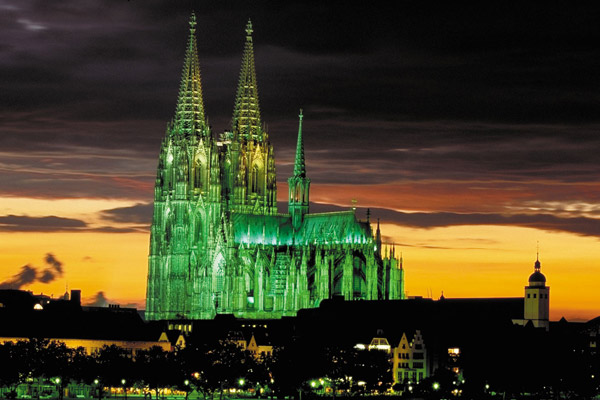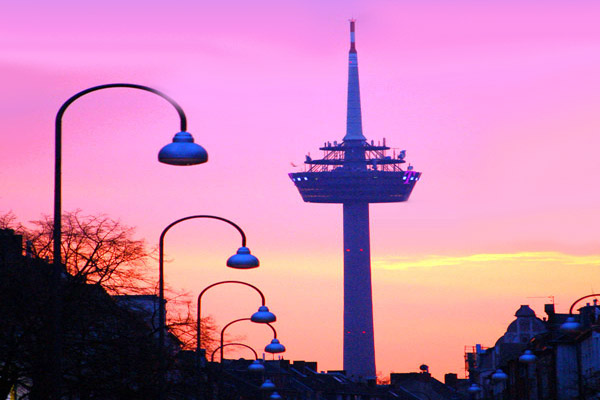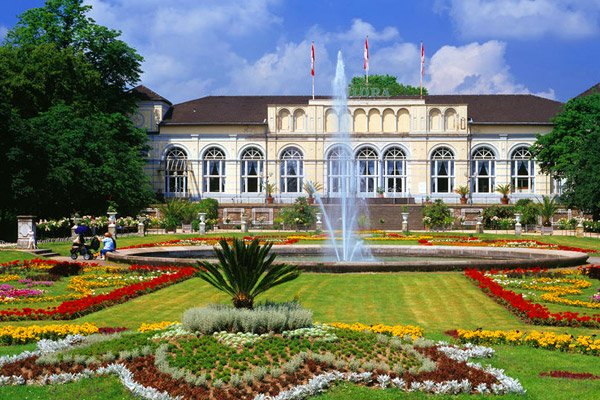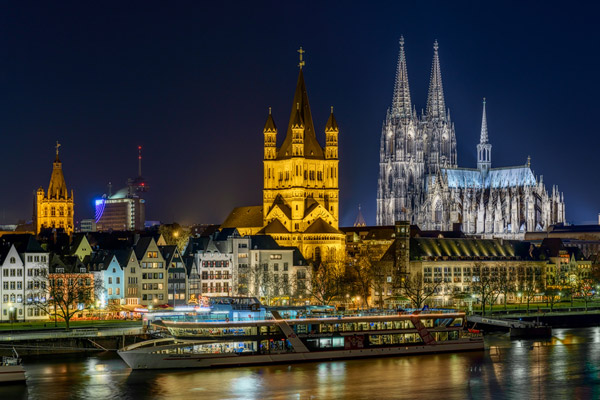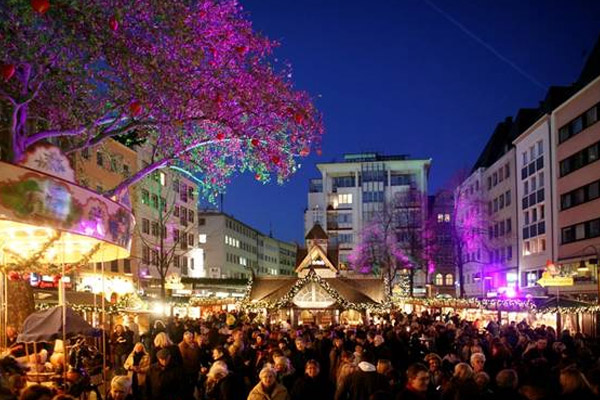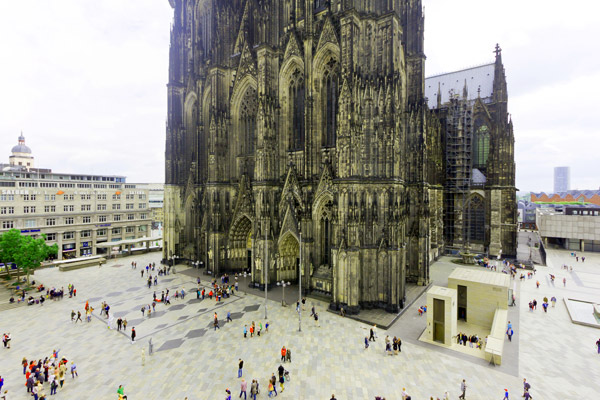Cologne
The City of Perfumes
General Information
Common Name: Colonge
Other Name: Gay Capital, , State: North Rhine Westphalia, Germany
Area: 405.15 km²
Languages Spoken: German,English
Long Distance Code: +49 221
Importance: Cologne is a major cultural center of the Rhineland and has a vibrant arts scene. Cologne is home to more than 30 museums and hundreds of galleries.
Best Time to Visit: September to December and April-May
International Access: Conhnected to rest of the world.
Description
Cologne is situated on the river Rhein in North Rhine-Westphalia and is the fourth largest city in Germany with around 1,000,000 inhabitants. It is one of the nation's media, tourism and business hotspots and is also known as the country's "gay capital".Location
is situated on the river Rhein in North Rhine-WestphaliaClimate
Temperate Climate
 The narrow medieval houses between the Hohenzollern Bridge and the Severins Bridge were once the trading centre of the city. Where craftsmen and merchants, since approximately the 10th century, displayed and offered their wares, has now become the entertainment quarter. Today the former market squares are still busy, especially the Altermarkt. At Heumarkt, archaeologists display finds which tell the story of life in the town in years gone by, while the Alter Markt is a traditional meeting-place during festivals, markets and the opening of the Karneval.
The narrow medieval houses between the Hohenzollern Bridge and the Severins Bridge were once the trading centre of the city. Where craftsmen and merchants, since approximately the 10th century, displayed and offered their wares, has now become the entertainment quarter. Today the former market squares are still busy, especially the Altermarkt. At Heumarkt, archaeologists display finds which tell the story of life in the town in years gone by, while the Alter Markt is a traditional meeting-place during festivals, markets and the opening of the Karneval.
 Munich's art museum houses one of the most important collections in Europe on two floors of a large neo-classical building. Nearly 1,000 paintings are on display featuring the work of the greatest European artists from the 14th to the 18th centuries. Highlights include works by Dutch and Flemish masters, as well as the Italian masters such as Botticelli and Titian. The gallery is massive, consisting of dozens of rooms, and requires a great deal of time to explore thoroughly.
Munich's art museum houses one of the most important collections in Europe on two floors of a large neo-classical building. Nearly 1,000 paintings are on display featuring the work of the greatest European artists from the 14th to the 18th centuries. Highlights include works by Dutch and Flemish masters, as well as the Italian masters such as Botticelli and Titian. The gallery is massive, consisting of dozens of rooms, and requires a great deal of time to explore thoroughly.
Address: Barerstrasse 27
Website: www.pinakothek.de
Telephone: (0)89 23805 216
Opening time: Tuesday to Sunday 10am to 6pm (Tuesday to 8pm)
Admission: €5.50 (including audio guide). Sundays €1, but audio guide is €4.50. Free for children under 18
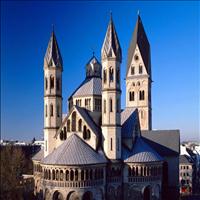 Kölner Erzbischof Pilgrim, the founder of the Basilika, called the edifice "a work of complete harmony." The construction of the Basilika made use of mathematical as well as aesthetic applications that together merge to create an example of stunning architecture. Music also aids in the harmony of this place. The church has a full calender of musical events of varying styles and genres. Organ and violin music can be enjoyed one night and choir music the next. The steadfast devotion to music and beauty may make visitors feel as if they are experiencing complete harmony.
Kölner Erzbischof Pilgrim, the founder of the Basilika, called the edifice "a work of complete harmony." The construction of the Basilika made use of mathematical as well as aesthetic applications that together merge to create an example of stunning architecture. Music also aids in the harmony of this place. The church has a full calender of musical events of varying styles and genres. Organ and violin music can be enjoyed one night and choir music the next. The steadfast devotion to music and beauty may make visitors feel as if they are experiencing complete harmony.
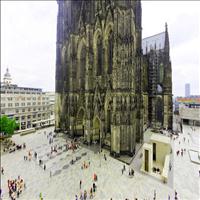 In summer, it is always busy on the forecourt of the Kölner Dom. This is a place to meet friends or watch the pavement artists, or to listen to the street musicians play their set amidst the crowds. On New Year's thousands of people come here to celebrate with fireworks and bottles of Sekt.
In summer, it is always busy on the forecourt of the Kölner Dom. This is a place to meet friends or watch the pavement artists, or to listen to the street musicians play their set amidst the crowds. On New Year's thousands of people come here to celebrate with fireworks and bottles of Sekt.
Fort X (meaning 10) is an old Prussian brick fortress, built between 1816 and 1840. It is the only one of seven fortifications which still survives in Cologne. After the end of its military role, a rose garden was planted, which gave the whole edifice a romantic touch. Just as contrary to the original purpose of the fort, it is presently used by Cologne's bands for rehearsals as well as, from time to time, for performances.

